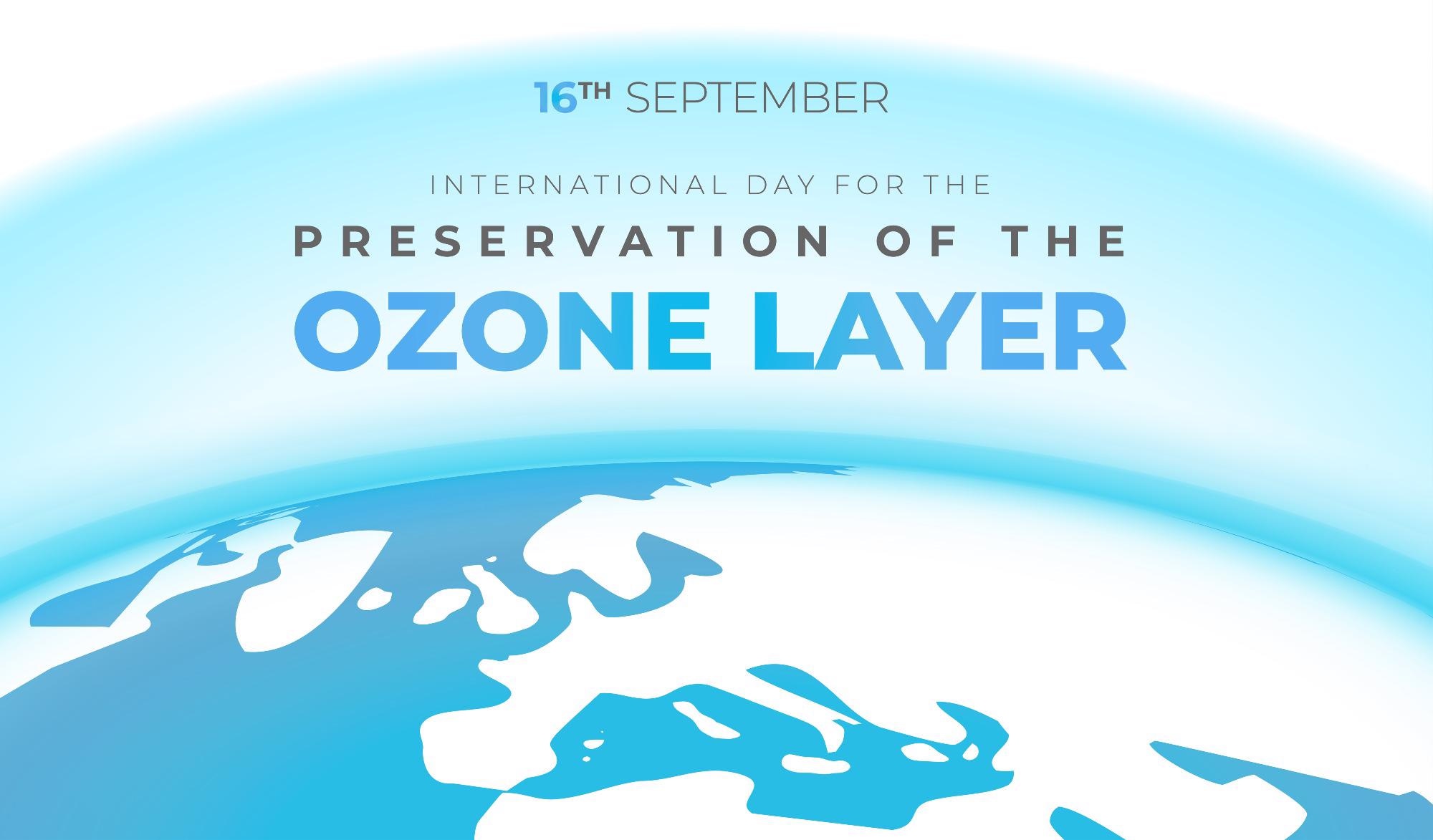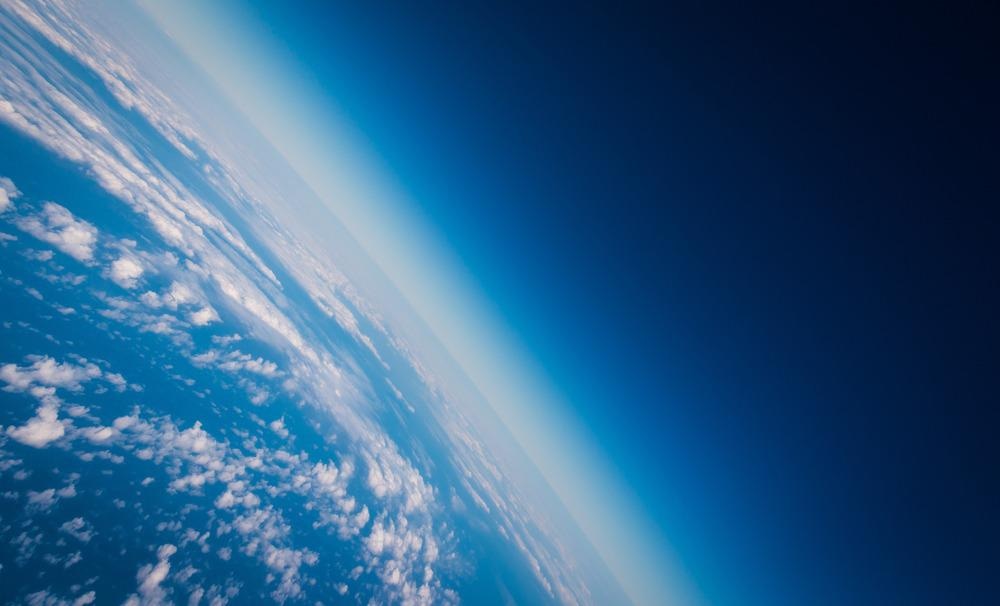On the UN’s International Day for the Preservation of the Ozone Layer (September 16), the world is celebrating the extraordinary success of the Montreal Protocol, signed in 1987. The total amount of ozone-depleting gases in the atmosphere has reduced since the agreement came into effect, and it will continue to decrease throughout the next century.

Image Credit: Angela Cini/Shutterstock.com
While halons and hydrochlorofluorocarbons (HCFCs) are still increasing in the atmosphere, they will start to reduce in the next few years if countries maintain compliance with the Protocol. By 2050, there should be similar levels of ozone-depleting gases in the atmosphere as there were before the Antarctic ozone hole started to form in the 1980s.
What is the Montreal Protocol?
The Montreal Protocol on Substances that Deplete the Ozone Layer (the Montreal Protocol) is a multilateral agreement that regulates around 100 synthetic chemicals collectively referred to as ozone-depleting substances.
It was adopted by all of the UN’s 198 member states on 15 September, 1987, coming into force on 1 January, 1989. The Protocol has undergone nine amendments since then, reacting to the latest science and materials development: London (1990), Nairobi (1991), Copenhagen (1992), Bangkok (1993), Vienna (1995), Montreal (1997), Australia (1998), Beijing (1999), and Kigali (2016).
Its success in reducing and eliminating production of harmful chemicals, and closing the hole in the ozone, is worth celebrating. In 2021, the UN is also celebrating wider impacts of the Protocol.
Climate change has been slowed by restoring a key part of the world’s atmospheric structure, as well as reducing the number of harmful pollutants in the atmosphere.
As it outlawed CFCs used for refrigerators, the Protocol also drove manufacturers and consumers to move to more energy and cost-efficient cold food storage solutions.
The Importance of Ozone
Ozone-depleting substances regulated by the Montreal Protocol were destroying the planet’s protection against harmful ultraviolet rays from the sun. Ozone (O3) is vitally important to the planet, being the only atmospheric gas capable of absorbing UV radiation at wavelengths lower than 320 nm.
This high-energy radiation would lead to health risks such as increased rates of skin cancer and cataracts in humans. It could also destroy DNA and other biologically active molecules in the wider environment.
How Did the Montreal Protocol Work?
The Montreal Protocol has been an extraordinary success. A total of 98% of ozone-depleting substances regulated by the Protocol have been phased out, and other synthetic chemicals have been robustly regulated worldwide.
Its success is largely attributable to the unprecedented levels of commitment it received from around the world. The Montreal Protocol is the only UN treaty ever to have been ratified by all 198 UN member states.
It was flexible in its requirements to ensure that all countries could commit. Different timetables were applied for developed and developing countries, but responsibilities for enforcing the regulation fell equally among all nations.
A multilateral fund was established in 1991 to provide financial and technical support to developing countries.
Time-targeted and measurable commitments enabled all signatories to effectively execute the phasing out and reduction of ozone-depleting substances.
Is the Ozone Layer Healing?

Image Credit: PunyaFamily/Shutterstock.com
Ozone depletion would have increased by 1000% by 2050 if the Montreal Protocol had not been enacted. Instead, it is expected to fully recover by that date now.
By phasing out 98% of ozone-depleting substances, the Montreal Protocol also reduced overall greenhouse gas emissions by the equivalent of 135 gigatons of carbon dioxide.
The Montreal Protocol: The Next 30 Years
The treaty is continually evolving in light of the latest developments in our scientific understanding. Two key amendments to the Protocol are currently extending its success to limiting production and consumption of other harmful gases.
The Montreal Amendment phases out hydrochlorofluorocarbons (HCFCs), which can be 2,000 times more potent than carbon dioxide in terms of potential for causing global warming. HCFCs have already been phased out by developed countries and will be phased out worldwide by 2030.
The Kigali Amendment regulates hydrofluorocarbons (HFCs), which were introduced as alternatives to CFCs and HCFCs. HFCs are widespread in air conditioners, refrigerators, aerosols, and foams.
They do not deplete the ozone layer, but they do have high potential for causing global warming. The Kigali Amendment will see these substances reduced by 80% by 2050, with the first reductions already underway.
Did the world fix the hole in the ozone layer? | Mongabay explains
Video Credit: Mongabay/YouTube.com
References and Further Reading
Douglass, A. et al. (2021). The Antarctic Ozone Hole: An Update. Physics Today. https://www.doi.org/10.1063/PT.3.2449.
UN. International Day for the Preservation of the Ozone Layer. UN. [Online] Available at: https://www.un.org/en/observances/ozone-day
UNEP. About Montreal Protocol. UNEP. [Online] Available at: https://www.unep.org/ozonaction/who-we-are/about-montreal-protocol.
Disclaimer: The views expressed here are those of the author expressed in their private capacity and do not necessarily represent the views of AZoM.com Limited T/A AZoNetwork the owner and operator of this website. This disclaimer forms part of the Terms and conditions of use of this website.